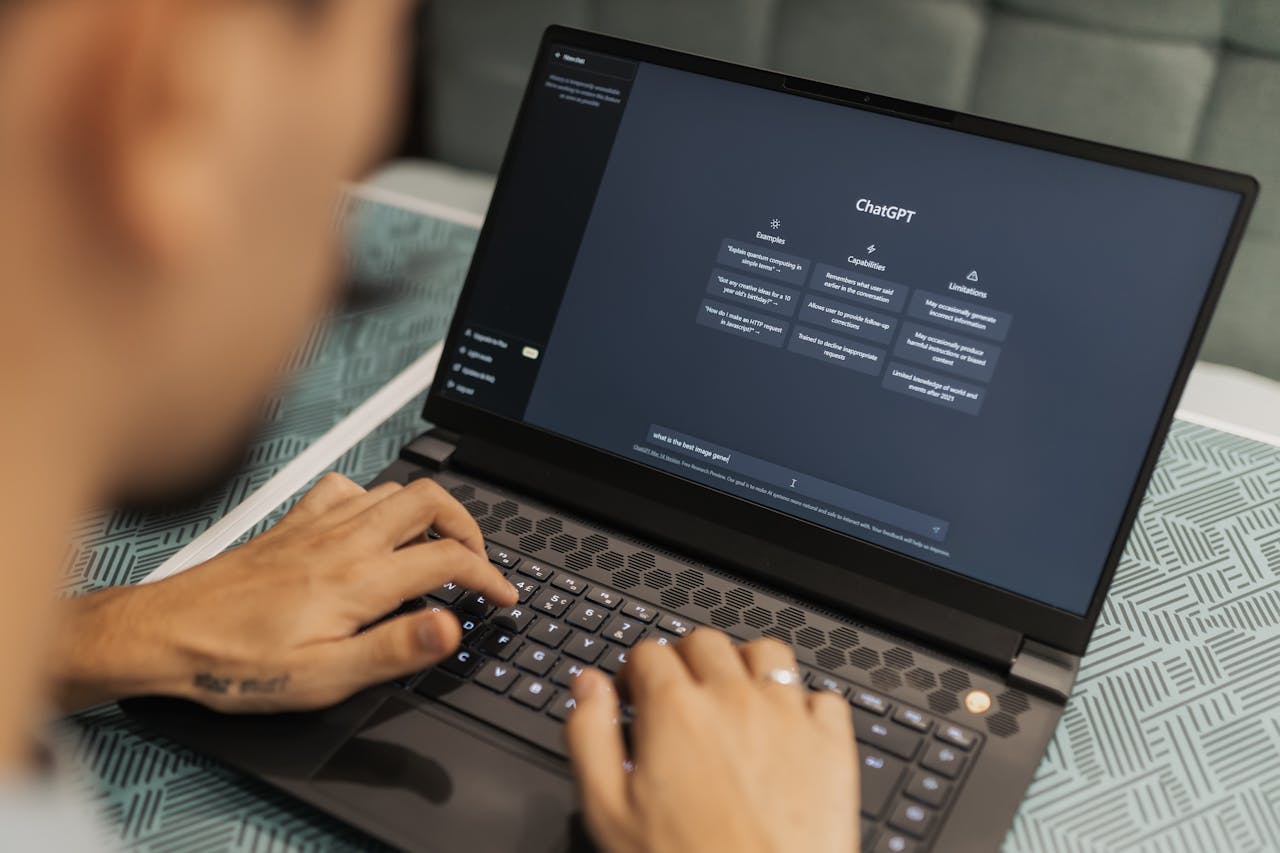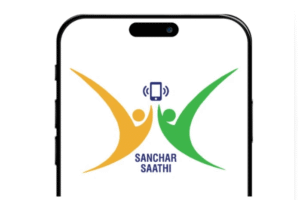
ChatGPT Tests ‘Study Together’ Feature: Redefining EdTech AI
ChatGPT Study Together Feature Quietly Rolls Out
A new tool called “Study Together” is appearing in the drop-down menu for some ChatGPT users. This unannounced feature signals a strategic expansion by OpenAI to deepen ChatGPT’s role in education. Unlike its standard prompt-response design, “Study Together” appears to promote active learning. Rather than giving direct answers, it asks users more questions, encouraging human-led reasoning.
The ChatGPT Study Together feature is still in early testing, and OpenAI has not officially disclosed its plans for public rollout or whether it will be part of ChatGPT Plus. However, its potential impact on how students engage with learning tools is already sparking conversation.
A New Phase in AI-Driven Education
“Study Together” reflects a deeper trend in AI and EdTech convergence. With speculation that this mode might also allow multiple users to join a group chat for collaborative learning, ChatGPT may soon take on a more tutor-like or peer-facilitator role. Some compare this to Google’s LearnLM, though no official parallels have been drawn.
The feature may represent OpenAI’s response to a dilemma in academia: while ChatGPT is widely used by teachers for planning and by students for tutoring, it is also criticized for enabling academic dishonesty. By prompting users to think instead of shortcutting answers, this tool could reinforce proper learning behaviors and reduce misuse.
Implications for Teachers, Students, and Institutions
Educators are already exploring AI tools for creating lesson plans and enhancing instruction. If “Study Together” proves effective, it could become a more ethically aligned way for students to benefit from AI without compromising academic integrity.
Meanwhile, debates continue over AI’s broader influence in education. With concerns that tools like ChatGPT may be “killing” higher education, this feature may act as a corrective—nudging AI use back toward collaborative learning rather than passive dependence.
How exactly this new mode evolves—and whether it rolls out widely—remains to be seen. But its arrival underscores one certainty: the line between AI assistant and educational partner is rapidly blurring.
What role should AI play in shaping the future of learning—from tutoring to group collaboration?
Explore Business Solutions from Uttkrist and our Partners’, Pipedrive CRM and more uttkrist.com/explore



